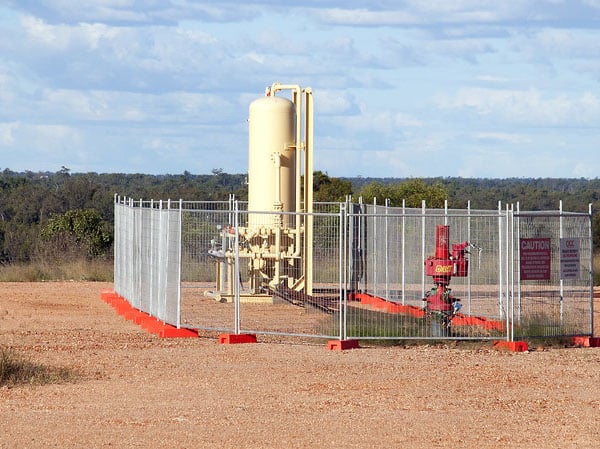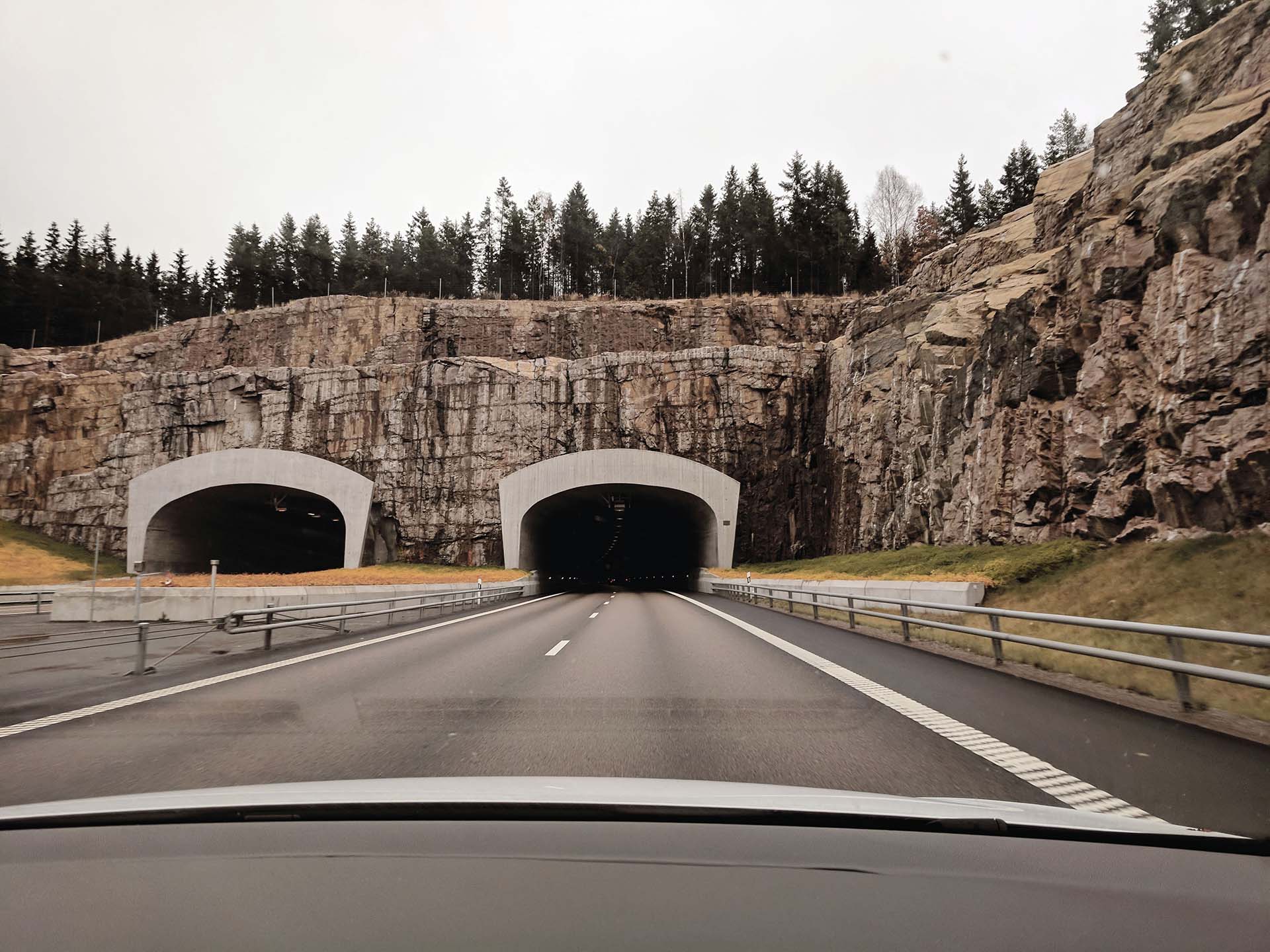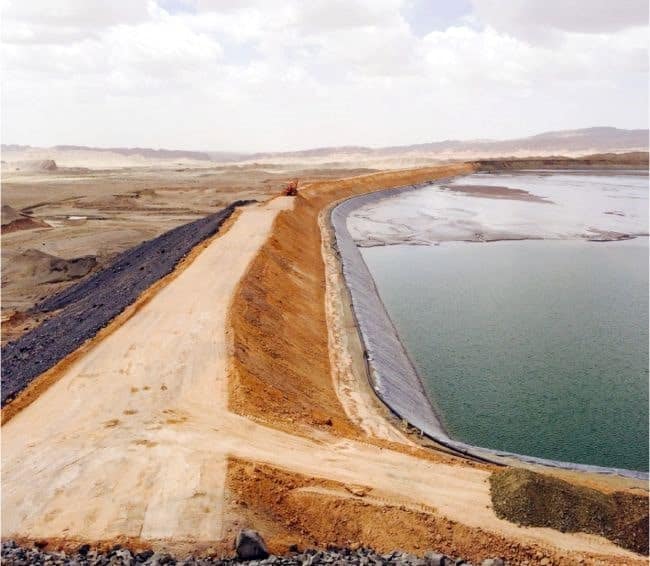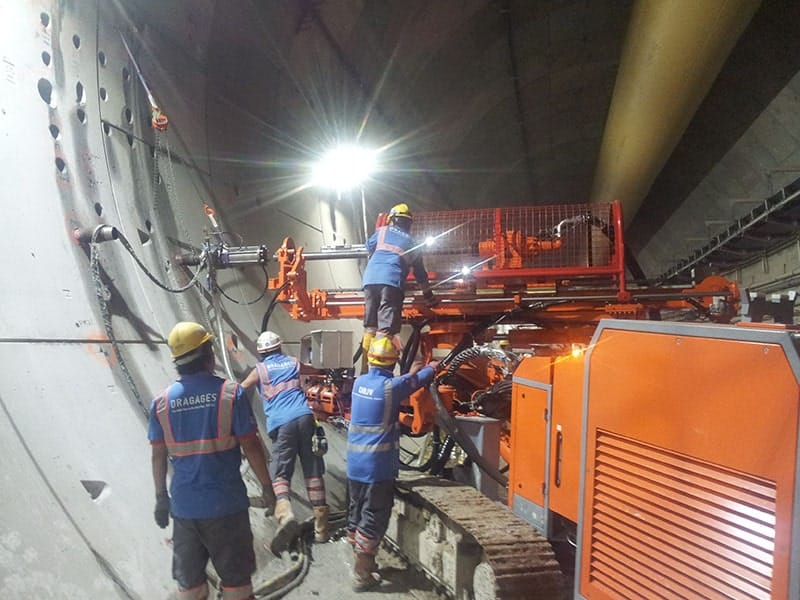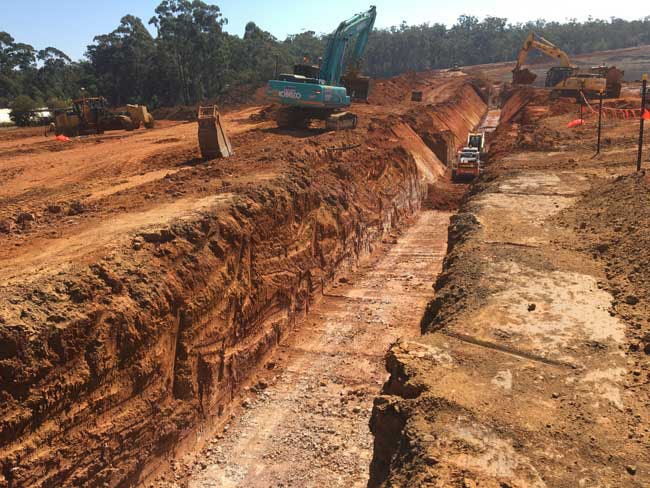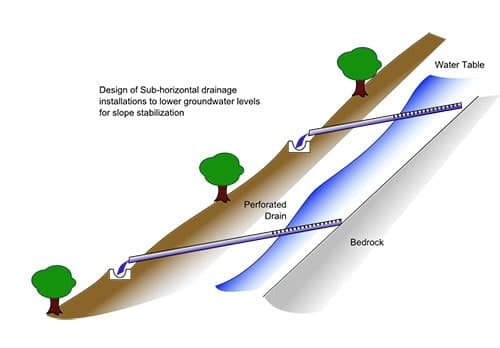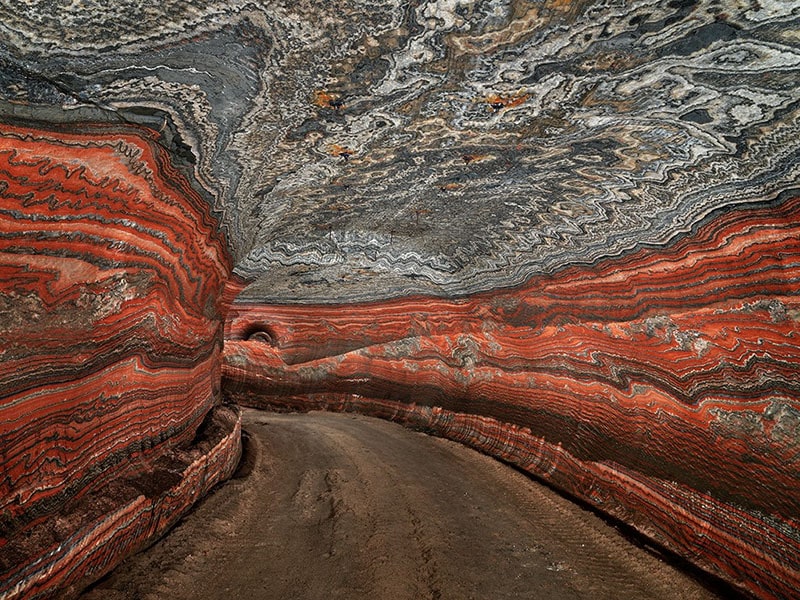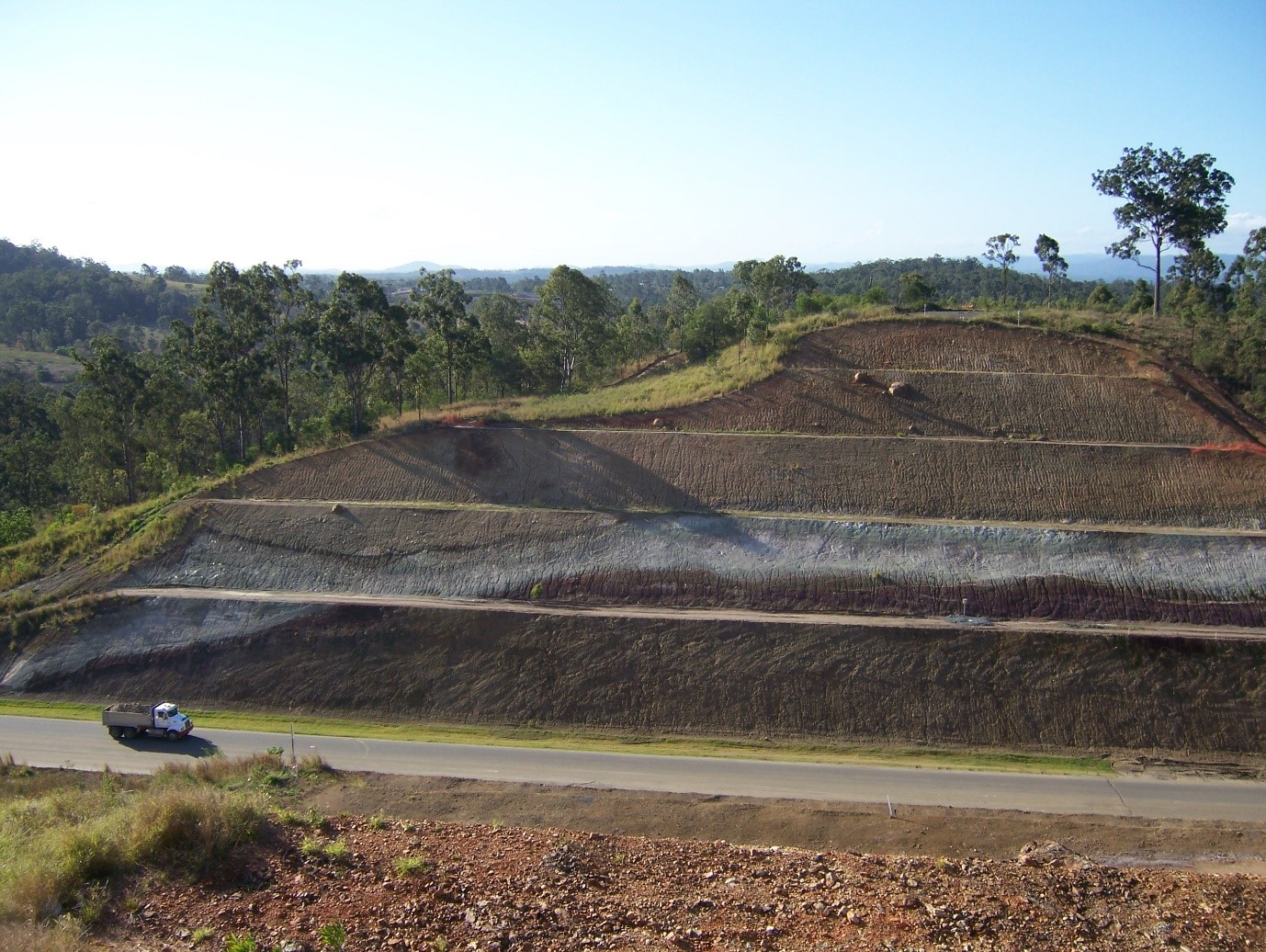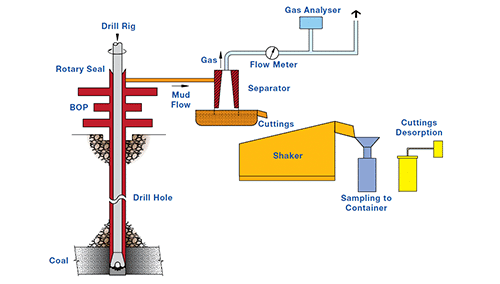The concept of the adjustable elastomeric choke has continued to be used from that time and has been developed more recently to provide pressure control for drilling in civil engineering applications. The prime need in these applications has been to permit drilling into ground that is both unstable and pressurised with water. Typical applications are in drilling through diaphragm walls for the installation of rock anchors or for drilling from tunnels into sandy ground.
By maintaining the correct pressure within the hole both erosion, or piping, into the hole is avoided and so is liquefaction of the soil being drilled.
Other components of the managed pressure drilling system include rotary or static seals around the drill rods and may incorporate an annular blow out preventer to permit the hole to be shut in for equipment maintenance.




